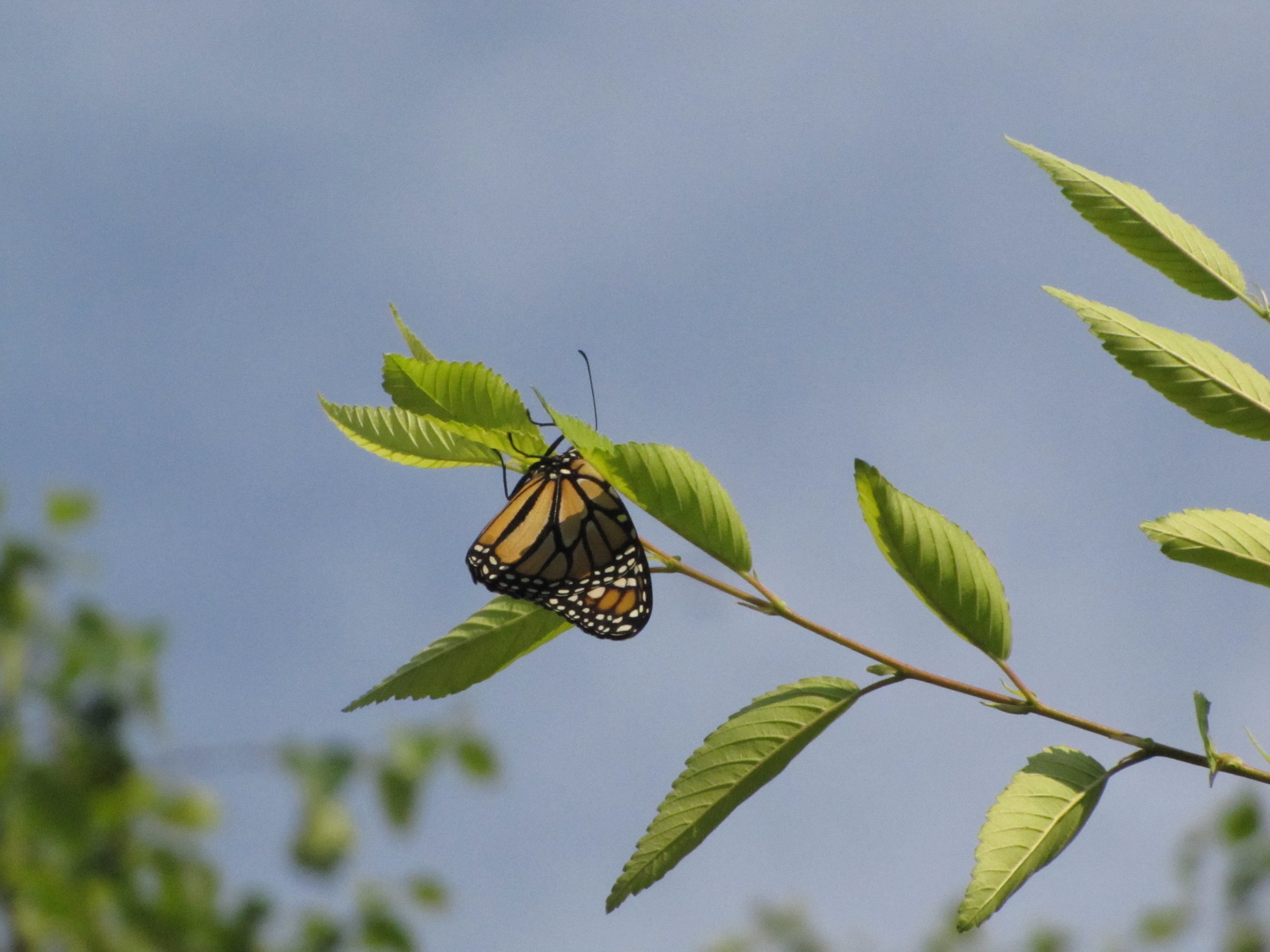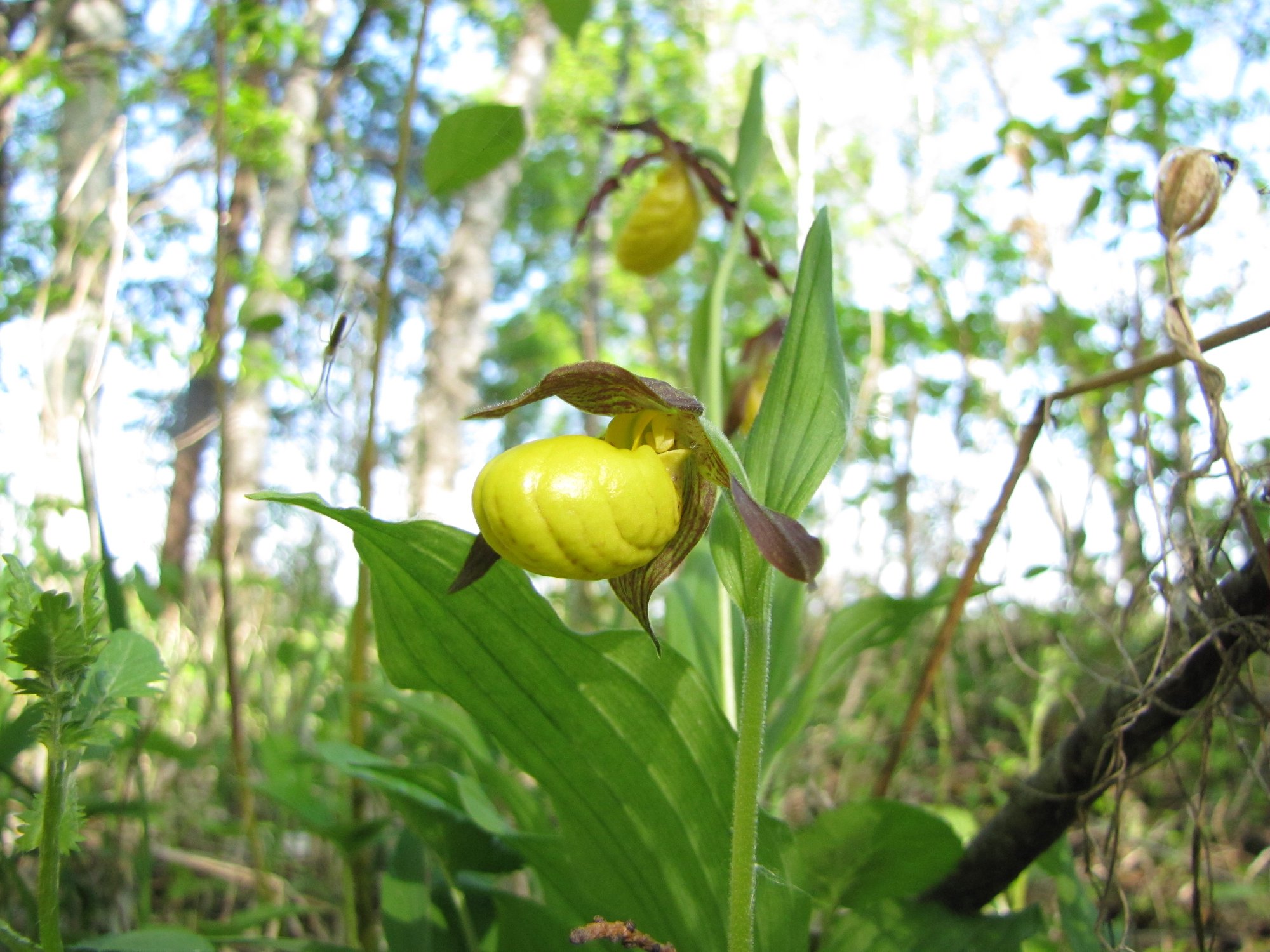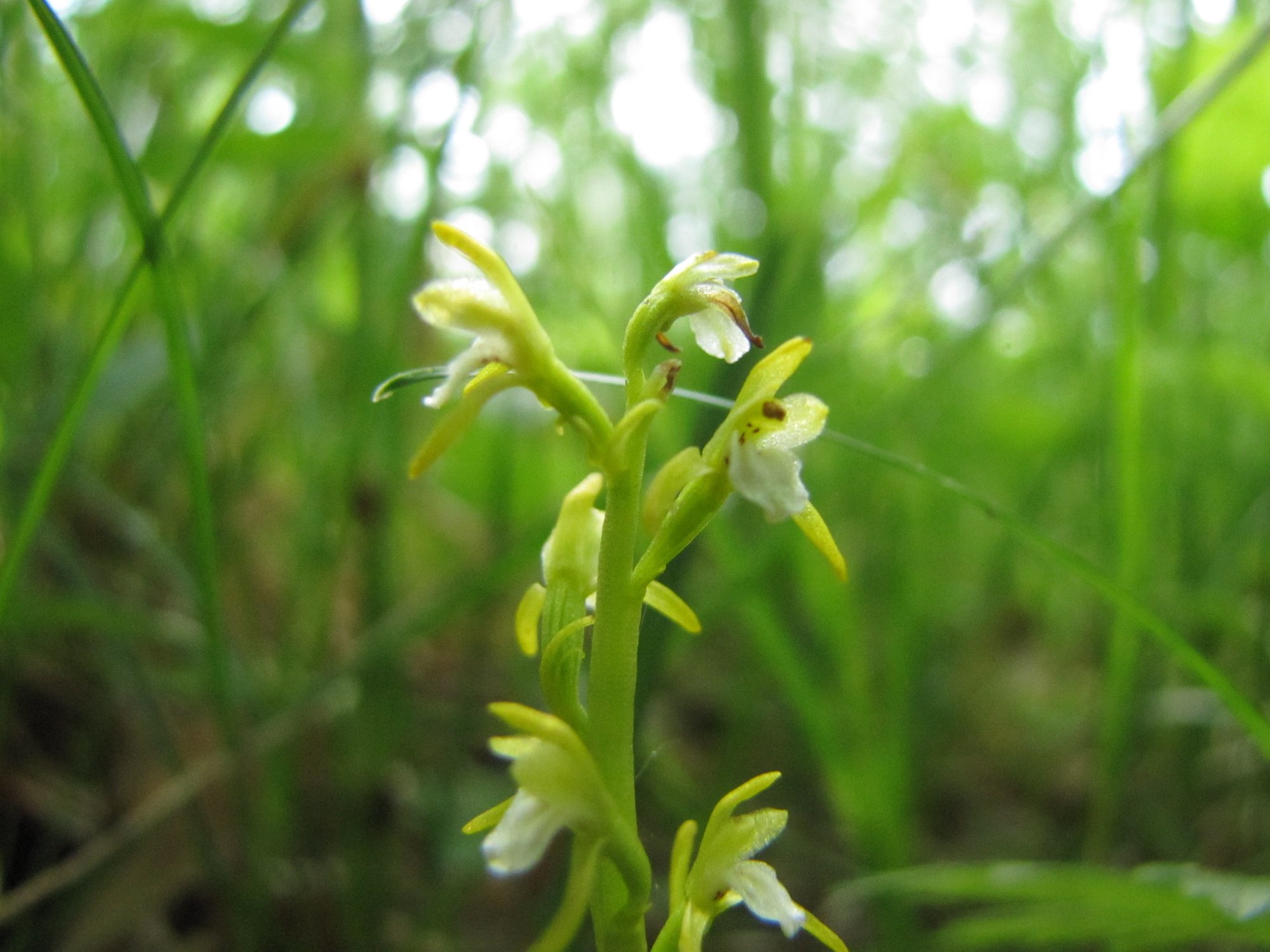It feels like the depths of summer out there. Hot and humid. Bugs flying, just enough breeze that you cannot say there isn't one. But at the same time, signs of change are out there.
Perhaps it is my artist eye that picks out the subtle changes in the landscape. The greens sliding to the yellower side, seed heads changing the over all greens of the fields. Here and there a leaf has changed to red. Berries add to the feel. Turning red and purple, they dot the foliage.
It makes me hope for cooler nights, temperate days, clear blue skies. Goldenrods are starting to gild the edges of the fields and roads, asters cannot be far behind. So even if you are sure summer will never end, and you will melt into a puddle long before winter chills you to the bone, remember autumn. It is the reason many of us stay in the frozen state of Minnesota, tolerate wet springs and spend summer avoiding the heat as much as possible. Those clear crisp, colorful days. They are out there under a fragile coating of green...













